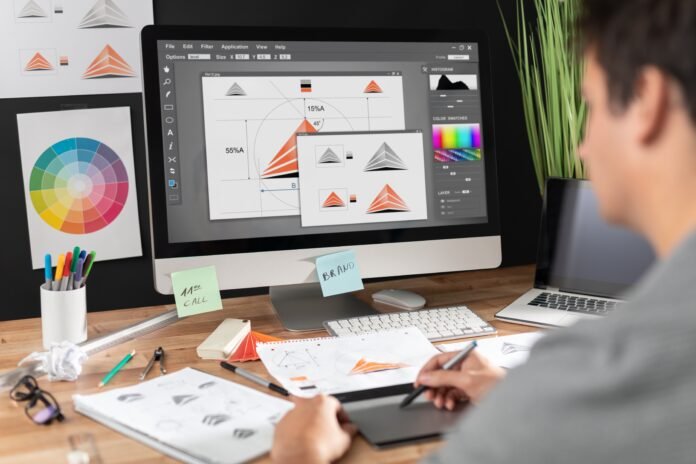Color is a fundamental element in graphic designing. It influences how people perceive a design and can evoke different emotions and reactions. Understanding how colors work is crucial for creating effective and engaging visual content. Here’s a simple guide to the basics of color in graphic designing and how you can learn more through graphic designing training in Udaipur.
The Basics of Color Theory
Color theory is the study of how colors interact with each other. It includes understanding the color wheel, color harmony, and the emotional impact of colors. The color wheel is a tool that shows the relationships between primary, secondary, and tertiary colors. Primary colors (red, blue, yellow) can be mixed to create secondary colors (green, orange, purple), and further mixing creates tertiary colors.
Color Harmony
Color harmony refers to the way colors are combined to create a pleasing and balanced look. There are several color schemes that designers use to achieve harmony:
- Complementary Colors: Colors that are opposite each other on the color wheel, such as blue and orange. These colors create a high contrast and vibrant look.
- Analogous Colors: Colors that are next to each other on the wheel, like blue, blue-green, and green. These colors work well together and are often used to create a serene and comfortable design.
- Triadic Colors: Three colors that are evenly spaced around the color wheel, such as red, blue, and yellow. This scheme offers strong visual contrast while retaining harmony.
The Psychology of Color
Colors have psychological effects that can impact the way people perceive a design. For example:
- Red often signifies passion, excitement, or urgency.
- Blue is associated with trust, calmness, and professionalism.
- Green represents nature, growth, and tranquility.
Understanding these associations can help designers make strategic choices that align with the intended message and emotional response.
Color in Graphic Design
In graphic design, color is used not only for aesthetics but also for functionality. It helps in creating brand identity, guiding user attention, and enhancing readability. Designers often use colors to differentiate between various elements in a design, such as buttons, text, and backgrounds.
Applying Color in Graphic Designing Training
For those interested in mastering color theory and other aspects of graphic design, enrolling in graphic designing training in Udaipur can be highly beneficial. Such programs cover the fundamentals of color theory, practical application, and advanced techniques in graphic design. They offer hands-on experience and guidance from industry professionals, helping learners apply color principles effectively in their projects.
Conclusion
Color is a powerful tool in graphic designing that affects both the visual appeal and emotional impact of a design. By understanding color theory, harmony, and psychology, designers can create more effective and engaging visual content. If you’re looking to dive deeper into the world of graphic design, consider graphic designing training in Udaipur to enhance your skills and knowledge.


